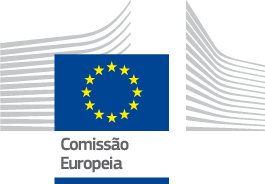The Archipelago Sea has the world's largest inland sea archipelago; the landscape is dominated by over 22,000 islands and the coastline is 12,000 km long. The FLAG has an area of 14,000 km2 and the sea accounts for more than half of this. The region includes both densely populated cities and sparsely populated rural and island areas. Of the 370,000 inhabitants, 30,000 live on the islands. Hundreds of thousands of tourists visit the Archipelago Sea every year.

